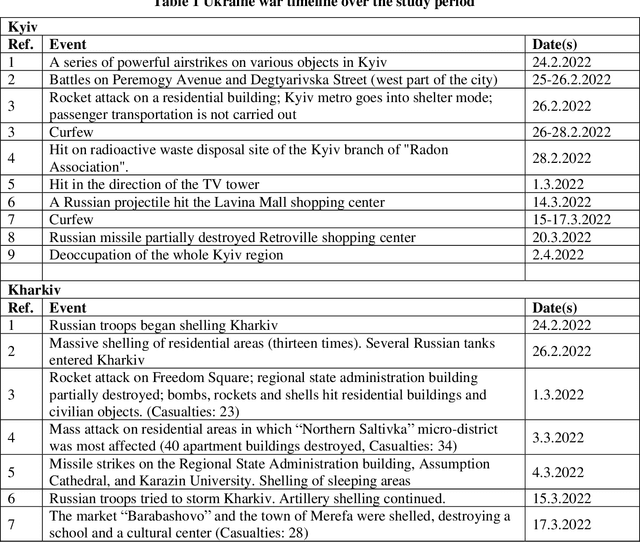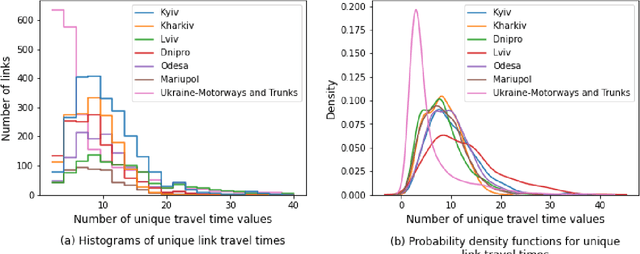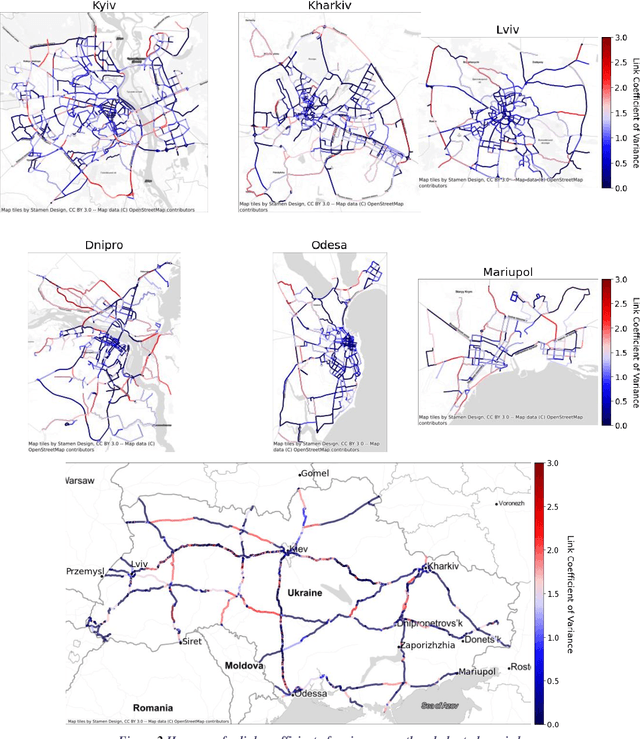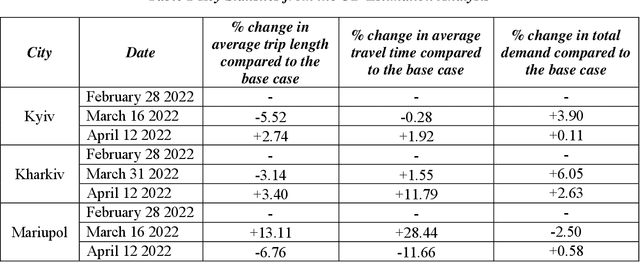S. Travis Waller
A Bibliometric Analysis and Review on Reinforcement Learning for Transportation Applications
Oct 26, 2022Abstract:Transportation is the backbone of the economy and urban development. Improving the efficiency, sustainability, resilience, and intelligence of transportation systems is critical and also challenging. The constantly changing traffic conditions, the uncertain influence of external factors (e.g., weather, accidents), and the interactions among multiple travel modes and multi-type flows result in the dynamic and stochastic natures of transportation systems. The planning, operation, and control of transportation systems require flexible and adaptable strategies in order to deal with uncertainty, non-linearity, variability, and high complexity. In this context, Reinforcement Learning (RL) that enables autonomous decision-makers to interact with the complex environment, learn from the experiences, and select optimal actions has been rapidly emerging as one of the most useful approaches for smart transportation. This paper conducts a bibliometric analysis to identify the development of RL-based methods for transportation applications, typical journals/conferences, and leading topics in the field of intelligent transportation in recent ten years. Then, this paper presents a comprehensive literature review on applications of RL in transportation by categorizing different methods with respect to the specific application domains. The potential future research directions of RL applications and developments are also discussed.
Analyzing and modeling network travel patterns during the Ukraine invasion using crowd-sourced pervasive traffic data
Aug 08, 2022



Abstract:In 2022, Ukraine is suffering an invasion which has resulted in acute impacts playing out over time and geography. This paper examines the impact of the ongoing disruption on traffic behavior using analytics as well as zonal-based network models. The methodology is a data-driven approach that utilizes obtained travel-time conditions within an evolutionary algorithm framework which infers origin-destination demand values in an automated process based on traffic assignment. Because of the automation of the implementation, numerous daily models can be approximated for multiple cities. The novelty of this paper versus the previously published core methodology includes an analysis to ensure the obtained data is appropriate since some data sources were disabled due to the ongoing disruption. Further, novelty includes a direct linkage of the analysis to the timeline of disruptions to examine the interaction in a new way. Finally, specific network metrics are identified which are particularly suited for conceptualizing the impact of conflict disruptions on traffic network conditions. The ultimate aim is to establish processes, concepts and analysis to advance the broader activity of rapidly quantifying the traffic impacts of conflict scenarios.
 Add to Chrome
Add to Chrome Add to Firefox
Add to Firefox Add to Edge
Add to Edge